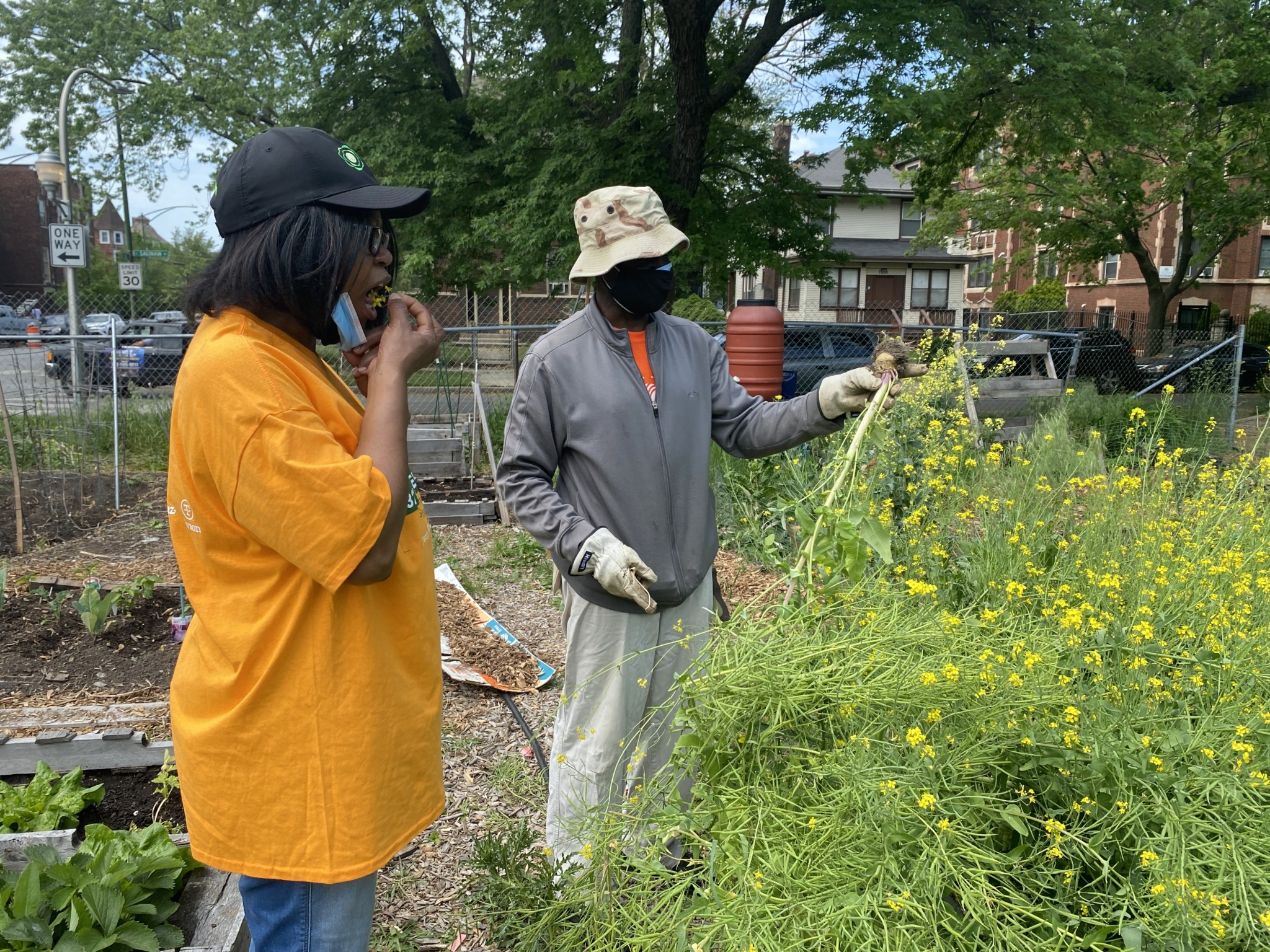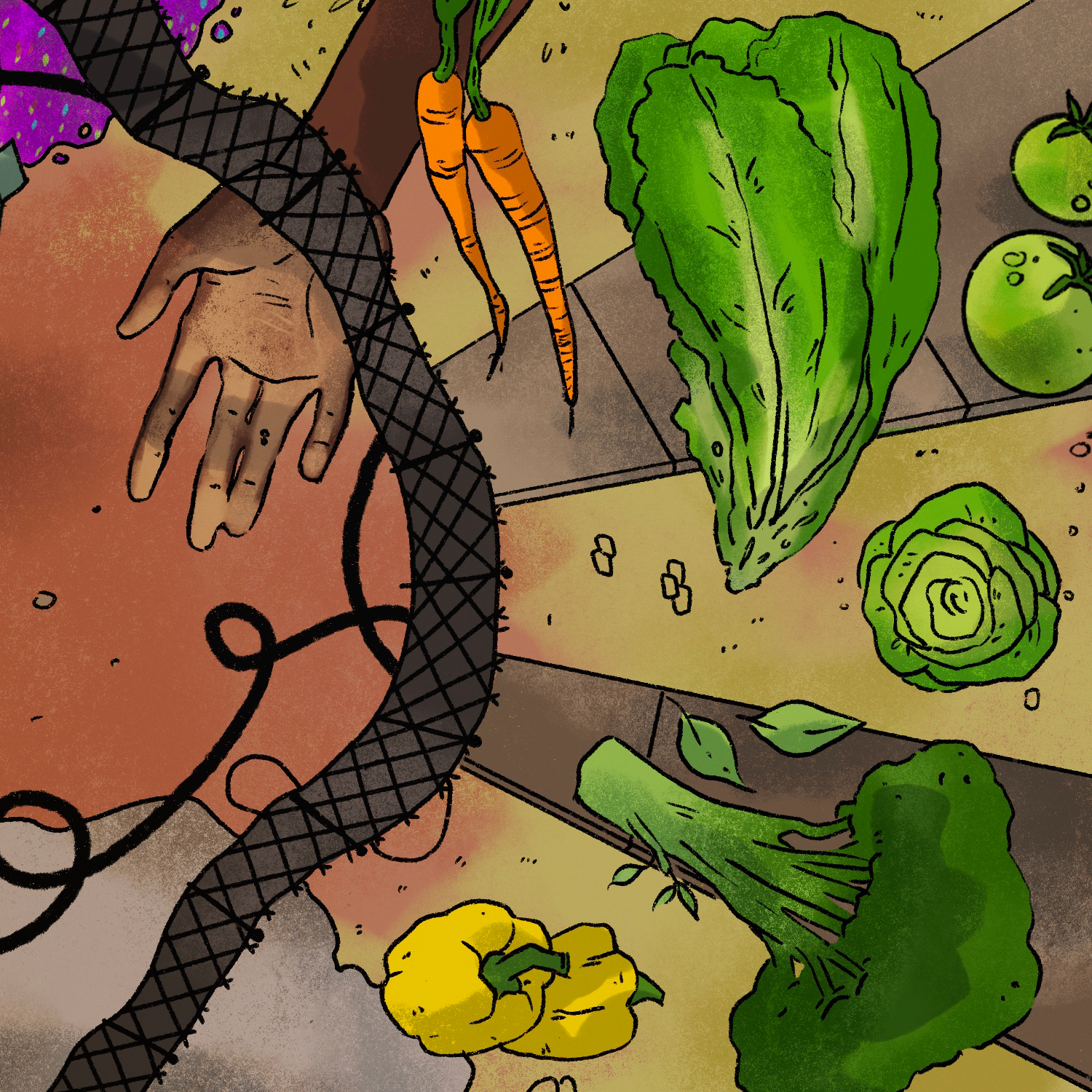n a Saturday afternoon in late May, a volunteer in a bright pink shirt gently asks a woman passing by a South Shore church, “Are you here for food?” The woman nods in response to the question, then approaches the table set up on the sidewalk outside the basement doors. Inside, volunteers wipe sweat from […]
The Ripple Effects of COVID
The disparate impact of the COVID-19 pandemic on North and South Side neighborhoods has been well documented over the past year. At the Weekly, our COVID-19 tracker has been updated hourly with data from the Cook County Medical Examiner’s office, to visualize where in Chicago the virus has hit hard. As Bea Malsky wrote last year, introducing the tracker, “In order to better understand the public health of our city and to properly advocate for just allocation of care and resources, we must see clearly the way illness and mortality appear along geographic and racial lines of disparity, neighborhood by neighborhood, and all solutions must be based on racial and economic justice.”
The ripple effects of COVID stretch into every aspect of public health. For the stories that follow, we looked at the secondary public health impacts of the pandemic on three neighborhoods shown, by the tracker, to have a disproportionate number of COVID deaths per capita: Little Village, Englewood, and South Shore. These three stories look only at access to non-COVID health care, healthy food, and green space, and emphasize (again) that while the pandemic may have pulled back the veil on the longstanding structural inequalities that keep parts of Chicago under resourced, polluted, and poor, it’s going to take more than short-lived city initiatives to right those wrongs.
This story was reported in partnership with the Metro Media Lab, a project of the Medill School at Northwestern University, supported by the Robert R. McCormick Foundation.


